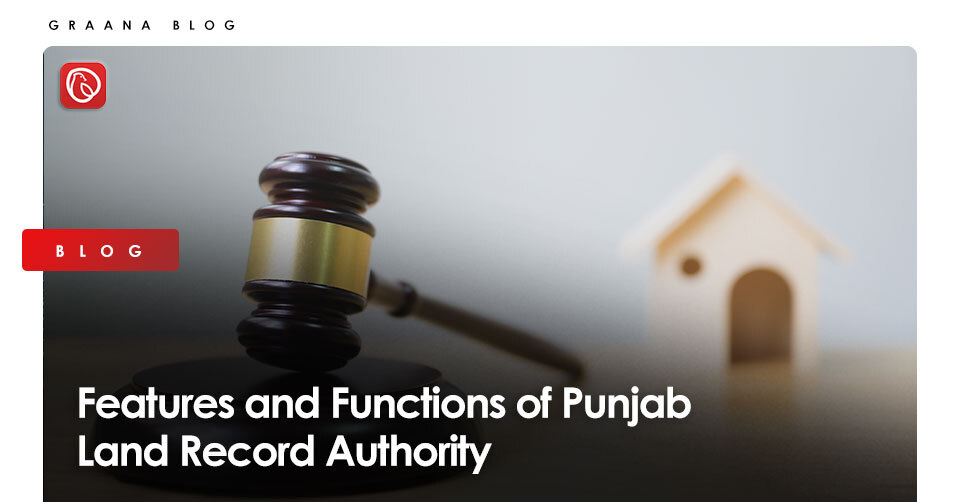The land registration system is for keeping detailed records of matters relating to land ownership, possession, and other rights. These serve as evidence of title, make transactions easier, and prevent illegal land disposal. It is critical to understand the meaning of land in connection to property in order to comprehend the land registration system. ‘Immovable property,’ as defined by the law, includes land, buildings, benefits derived from land, objects attached to the earth, and anything permanently fastened to anything attached to the earth. This is more important in Punjab as it is the biggest province in Pakistan with the highest population. Therefore, it required the Punjab Land Record Authority.
Furthermore, in Pakistan, the terms ‘land’ and ‘property’ are interchangeable. The property became a provincial topic after the 18th Amendment was passed by the Parliament in 2010, which means it is regulated by the provinces rather than the federal government. The land registration system is divided into rural and urban systems, in addition to provincial rules. The legislation is founded principally on the colonial Deeds Registration System, which records the ‘sale deed’ as a title instrument.
Because the system does not provide for ownership of the title or interest in the property, this emphasises the significance of due diligence in real estate transactions. The lack of a centralised land register and database leads to financial crimes and creates opportunities for third-party malpractices, such as brokers and fake agents, trapping uneducated investors in a ‘capital trap’.
Graana.com, Pakistan’s smartest property portal, takes a look at the history of land records in Pakistan and how the Punjab Land Record Authority is bringing a revolution.
Framework for Land Administration
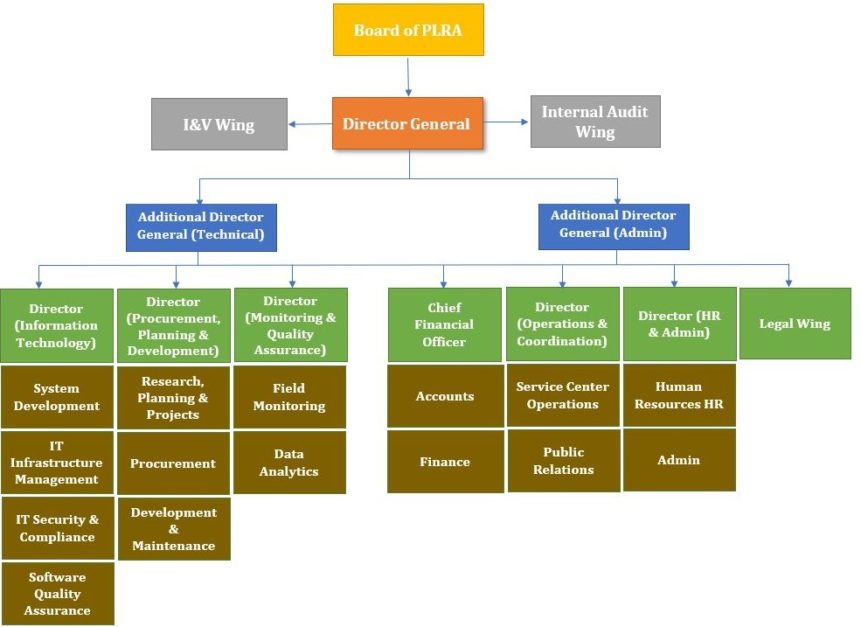
The manual process of land [property] registration consists of six steps and takes two months. The stamp duty rate, which varies by region, is another crucial cost to consider when registering deeds. In Punjab, for example, stamp duty on deed registration costs 5% of the whole property value. The procedure begins with the engagement of an attorney to draft the Instrument of Transaction on stamp paper. The Land Registrar is supplied with the document for verification.
The owner must deliver the paperwork to the Board of Revenue, or patwari, in order for the mutation to be recorded in the Record of Rights (Jamabandi). The patwari gives out fard, which acts as proof of ownership. The province of Punjab, on the other hand, has revolutionised its land registration system by digitising land records. The Punjab Land Records Management and Information Systems (LRMIS) scanned 10 million pages of old records, digitised 55 million landowner records (or 98 percent of all records), and made all rural land title information available online for landowners.
Land registration has become more efficient and cost-effective because of the digitisation of land records. Investors’ concerns about property verification and inspection, however, continue to this day. With recent digitisation trends in the real estate sector, the Digital Property Verification System is the ideal solution to streamline Pakistan’s Land Registration System. It will raise public awareness and provide investors with instant access to information. Third parties, such as brokers and patwaris, will not be able to interfere with a digital database. It would ensure that real estate transactions are transparent and that malpractices are reduced. Bribery will be eradicated as a result of the streamlined processes of property verification and inspection.
The Land Registration System’s History
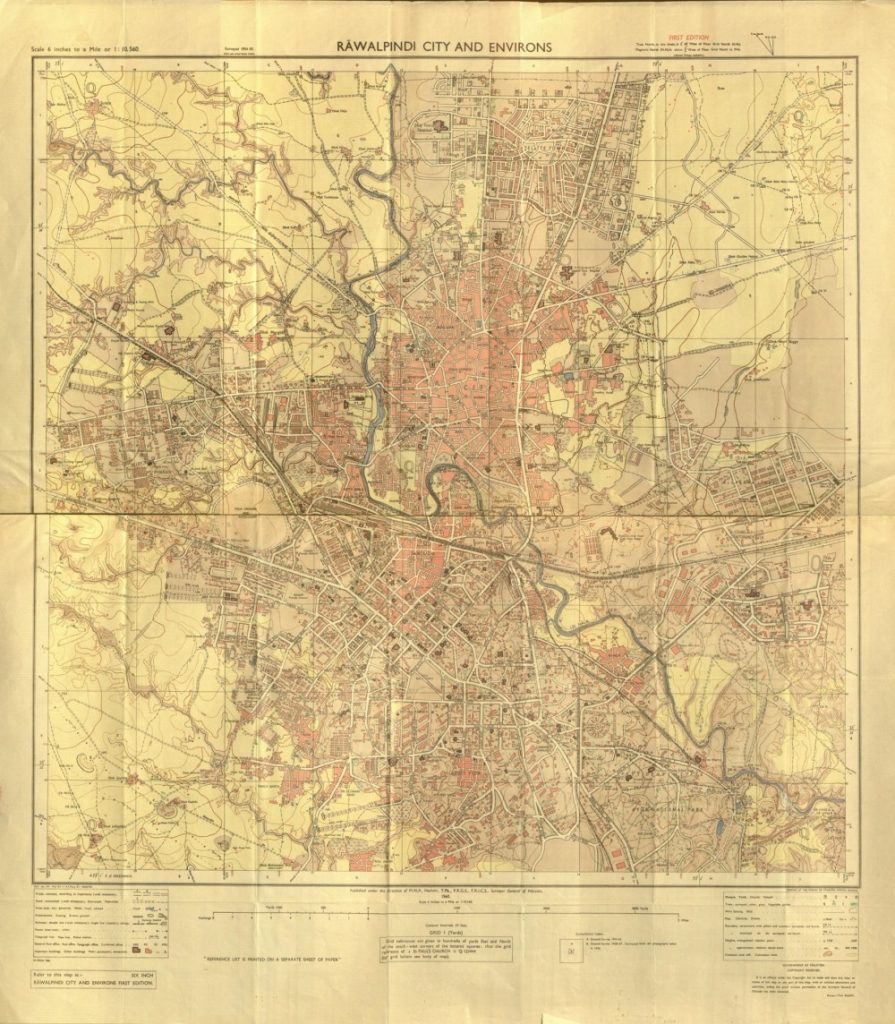
Pakistan’s Land Registration System is based on the British Deeds Registration System and dates back to colonial times. The main goal was to create a repository, where the land records could be kept. In the pre-industrial era, where land was mostly used for agricultural purposes, this approach worked well. In the subcontinent, the British used this technique to collect taxes through the revenue department.
However, as the number of people interested in land grew, it became clear that a more organised system of land registration was required. The Deeds Registration System, for example, does not give a record of the land title, but rather the title of the registered deed. As a result, the precise information and documentation of land rights are essentially unavailable. This is why there is an expanding backlog of land-related cases in Pakistan’s courts, believed to be approximately 1 million in number. Accurate and fabricated land records, imprecise border descriptions by patwaris that result in overlapping claims, and multiple registrations of the same land by various parties are all major sources of land disputes.
Furthermore, in 2002, England repealed the Deeds Registration System by enacting the Torrens System-based Land Registration Act. The new system keeps track of land titles and makes it easier for investors. For example, to navigate the title of the land, an investor can browse the digital register and look for ownership facts. Similarly, the digitisation of Land Records on a provincial level has made tremendous progress for the Pakistani government. However, due to the lengthy procedure of property transfer and the lack of a digital database for property verification, it is difficult to conduct safe and secure transactions.
Background of PLRA
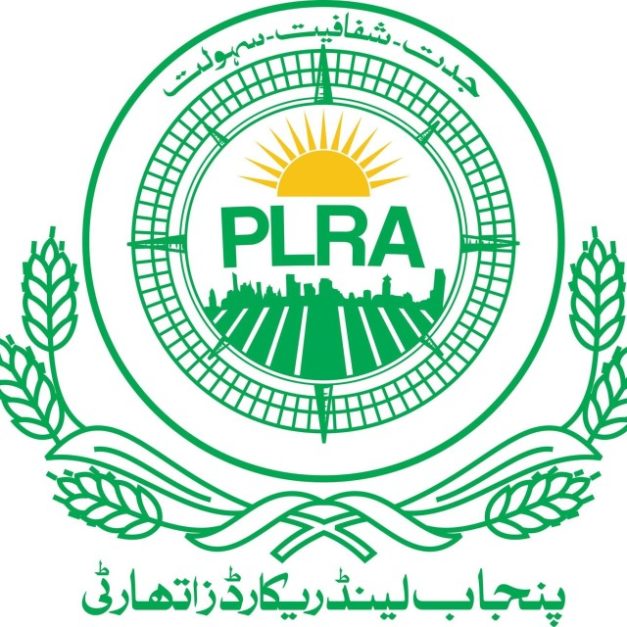
The Pakistani government and the World Bank struck an agreement in 2007 for a project named Land Record Management and Information System (LRMIS) in Punjab to avoid malpractices. The main goals of this program were to provide complete access to property records, increase transparency in land transactions, and improve land right holders’ tenure security.
LRMIS was created with the intention of providing services in 18 Punjab districts. The project was then expanded to include all 36 districts. The World Bank also provided insight, and a Project Management Unit (PMU) for the digitisation of land records was established in 2007.
Following the completion of Project LRMIS, the Punjab government established the Punjab Land Records Authority (PLRA) in 2017 under the administrative jurisdiction of the Punjab Board of Revenue. PLRA has accomplished a lot in a short period of time. The creation of Arazi Record Centres (ARC) in all districts of Punjab especially has aided in the timely issuing of fard and eased the process of land mutation registration.
PLRA’S Features and Functions
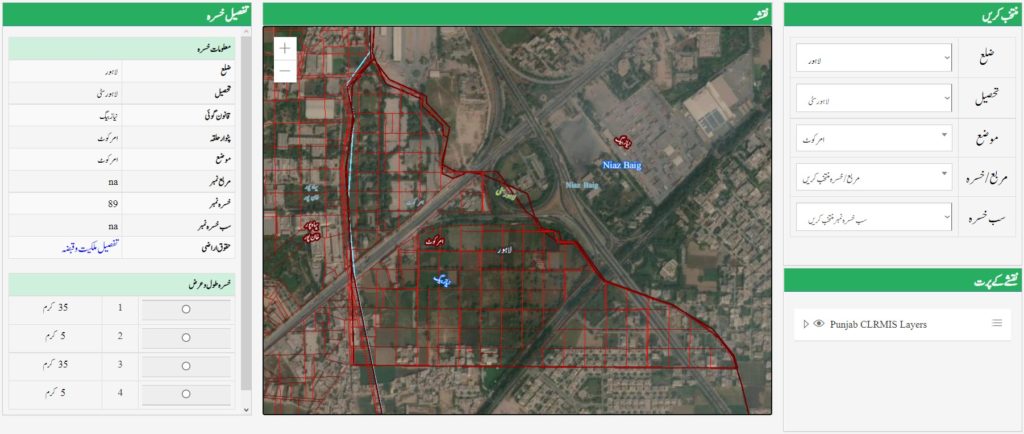
Land digital titling is critical for underprivileged farmers and proprietors in Punjab to protect their property rights. As a result, land records are now being digitised, allowing the rightful property owner to be identified with a single click of a button. The Punjab Land Records Authority (PLRA) has been instrumental in transforming Punjab’s land record management system. You can now acquire information about a property, land ownership in Punjab, and register your property online. The key accomplishments of the Punjab Land Records Authority are listed below.
- Automated services for expediting fard issuance, mutation attestation, and e-pass book
- 151 Arazi Record Centres
- 16 satellite fard booths
- 24/7 availability of land records
- Reduced time for property registration, from 56 days to merely 11 days
Checking Land Ownership
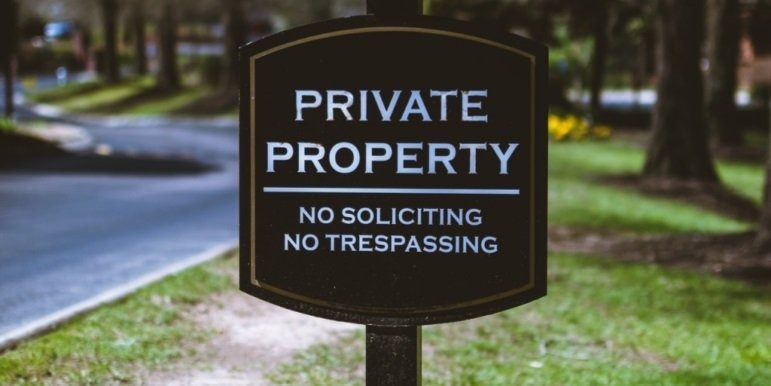
You don’t have to leave your home to check and verify the ownership of your property. This can now be done by filling out property and personal information on the PLRA website. Just click on Property Registry Search and fill out the following information:
- Head to the PLRA website.
- Select your district name from the drop-down option.
- Choose a service centre from the list.
- Then choose whether you want to enter your CNIC number, bahi number, registration number, or name.
You will receive complete records for each mauza once you have provided the information. Choose the one you want to learn more about. When you click View Details, you’ll see all of the property’s ownership information.
Advantages of PLRA:
Following are the advantages of using Punjab Land Record Authority:
- You do not have to pay the patwari any fees.
- Check records from the comfort of your own home.
- Transferring property ownership, also known as a mutation, takes less time.
Checking Fard Online

While there are many different forms of fard, you can only get the document through PLRA if you need it for your personal records. It’s also crucial to check whether or not your property record has been computerised. As indicated above, you’ll need to locate property registration information or land records information to do so. Once you’ve determined that land ownership information is available online, follow this step-by-step guide to obtaining online fard.
- When you arrive at the Punjab Land Records Authority’s home page, you’ll notice a tab that says: Get your online fard by clicking here.
- Select the aforementioned tab.
- Mention your CNIC, Passport, POC, or NICOP if you have one.
- Your cellphone number will receive a code.
- Click next after entering the code.
- A new page will appear with blank forms. Enter the district, tehsil, and mauza of your property. You must also specify the reason for obtaining fard, which should be just for your own records.
- If you need fard for any other reason, you must go to the Arazi Record Centre in person, as biometric verification is required in this case.
Obtaining a Fard from the Local Arazi Record Centre
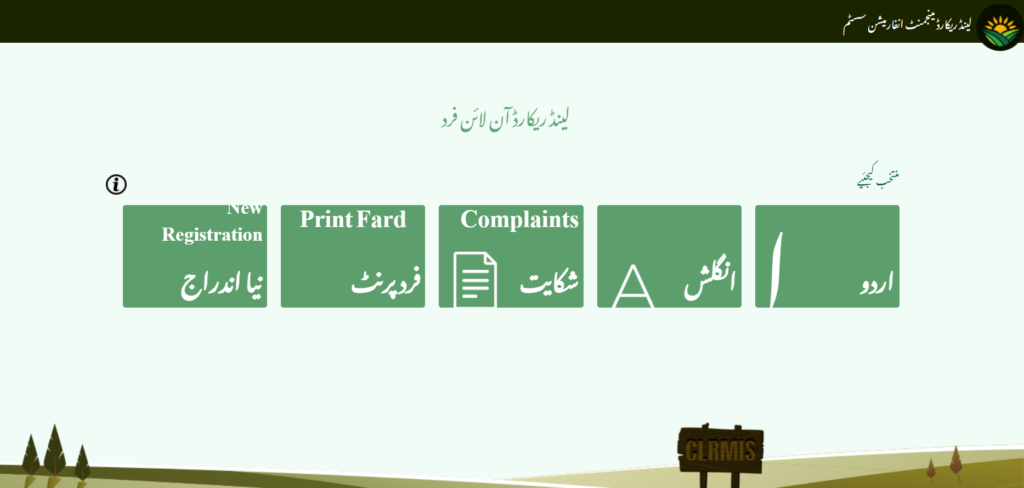
You can get your fard through the following process:
- Tell the police at the Arazi Record Centre your name, father’s name, and husband’s name.
- It is not necessary to give the khewat number. By providing your CNIC number, you can get fard.
- Your thumb impression will be taken, as well as a photograph.
- The system will identify any discrepancies in the records.
- To pay the charge, you will receive a printed challan.
- Keep in mind that the cost can only be paid at any Punjab Bank branch.
- The cost varies between PKR 500 and PKR 700, depending on the type of fard you desire.
- Fill out the challan form.
- The printed fard will be sent to you.
Registering a Property

Since the establishment of the Punjab Land Record Authority, the process of registering your property has also changed dramatically. The entire procedure has been shortened to only 11 days, down from 56 days earlier. As indicated in the diagram above, the property registration procedure consists of four steps:
- Arazi Record Centre can provide you with fard for PKR 500-700.
- Pay the taxes such as the 2% Capital Value Tax (CVT), the 3% Stamp Duty, and the 1% Town Fee.
- Tax payments can only be made at the Punjab Bank.
- Hire a lawyer or a deed writer.
- The registration of a deed in the attendance of a registrar’s office will be completed at the sub-registrar office in 8 days.
- The registration process will cost you PKR 1000.
To read more on land registration in other provinces of Pakistan, visit our blog.
